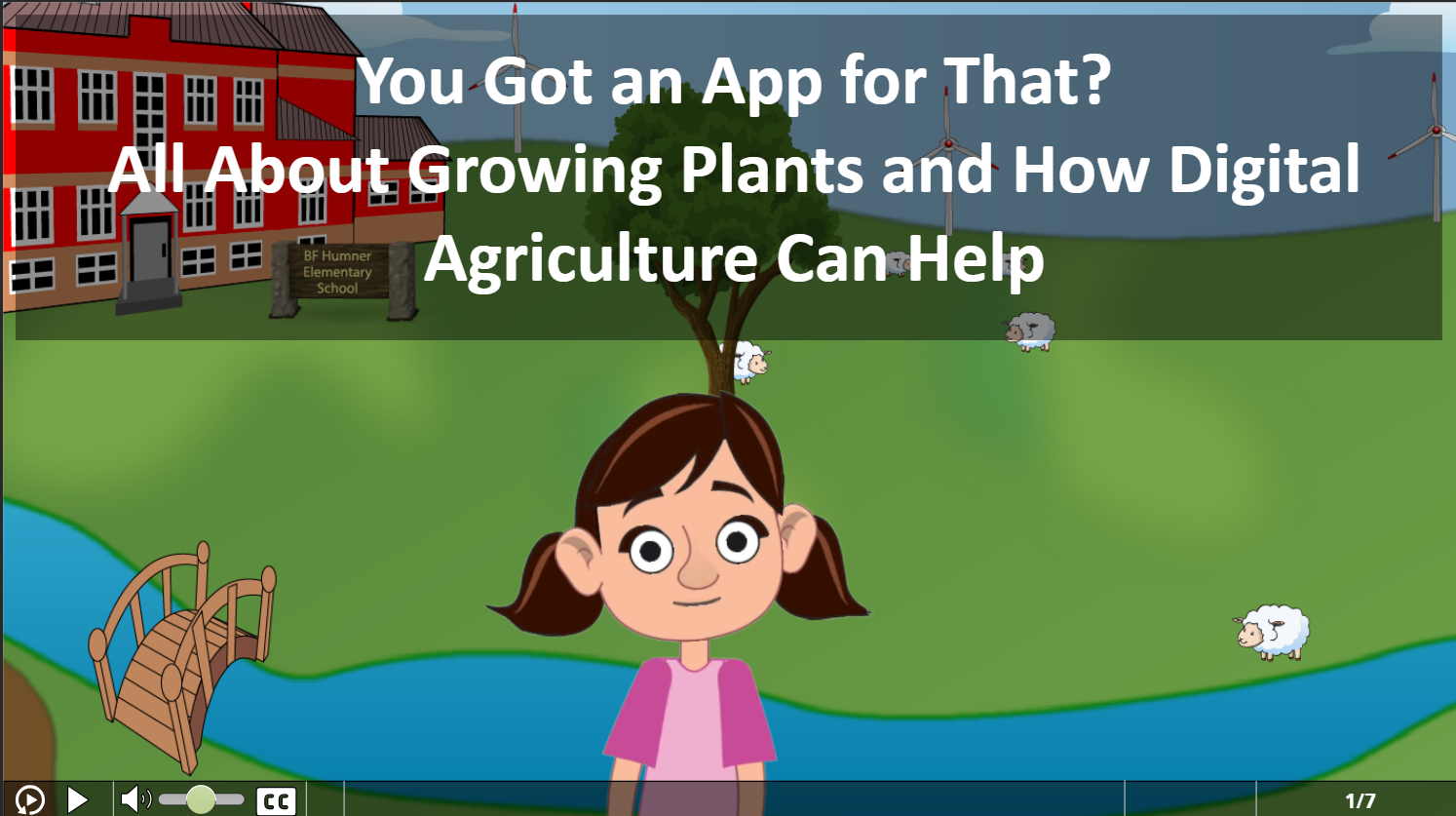
This was a project targeting 6th grade 4-H youth interested in learning about the role of digital (i.e., smartphone) apps in agriculture. It is part of an overall larger Digital Agriculture project. This module is quite extensive, and introduces a number of topics related to plant science in agriculture.
- Responsibilities: Instructional Design, eLearning Development, Supplemental Content Development, Multimedia Design and Development, JavaScript coding
- Target Audience: 6th-grade youth involved in 4-H
- Tools Used: Articulate Storyline, Adobe Illustrator, Krita, Reallusion Cartoon Animator
- Budget: Low
- Client: Purdue University Extension
- Year: 2022
Overview
Overall, the Digital Agriculture project seeks to introduce youth to the role that digital technology plays in agriculture and agricultural process. Topical targets vary from year to year, allowing learners to acquire an extensive breadth of knowledge during their time participating in 4-H.
As of 2022, the U.S. suffers from a general lack of understanding related to science and agriculture, and how these are vital to solving global problems. As society and its need for digitally trained workers progresses, youth will require a fun and engaging way to prepare their future careers.
The solution needed to create broad appeal and engagement across social, cultural, economic, and gender boundaries, targeting a wide distribution of grade and experience levels.
The client Agreed with the overall approach proposed for this project and felt the design concept was well suited to their youth audience.
Project Origins
{Optional summary of how the project came to be and what influenced design decisions or tools}
Design Approach
For this project, I followed a guided immersion approach, utilizing a blend of text, graphics, descriptive narration, and interaction to allow participants to feel as if they are part of, rather than subject to the learning experience.
Process
This project started life as a broad but not very detailed 160 slide classroon-notes style PowerPoint presentation. After extensive evaluation of the provided curriculum, topical research, and content enhancement, the final product spanned approximately 400 indiviual learning module slides.
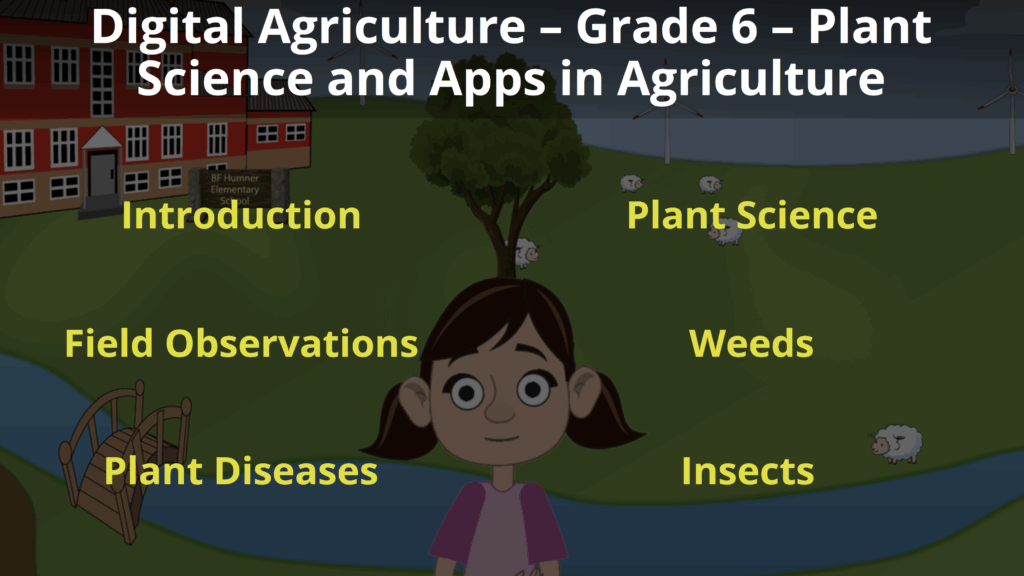
The design centered around one identifiable main character who played the role of mentor to the slightly younger participants. A narrative storyline led learners on a journey through the various topics, making them a part of the experience and enhancing overall engagement. The entire scenario was centrally rooted in the very familiar setting of an elementary school nature garden, with student-led operation of a working vegetable garden. Knowledge was gained through experience and passed on by students, from one generation to the next
Instructional Design
The instructional design process require me to gather and evaluate numerous topical content resources. These typically derived from college and professional level sources. From this supplemental material, new information was extracted and concepts aligned with established learning objectives. All concepts and language was translated to age-appropriate representations for learners. Finally, I developed an engaging narrative, supported through use of customized multimedia and interactive learning activities.
Text-Based Storyboard
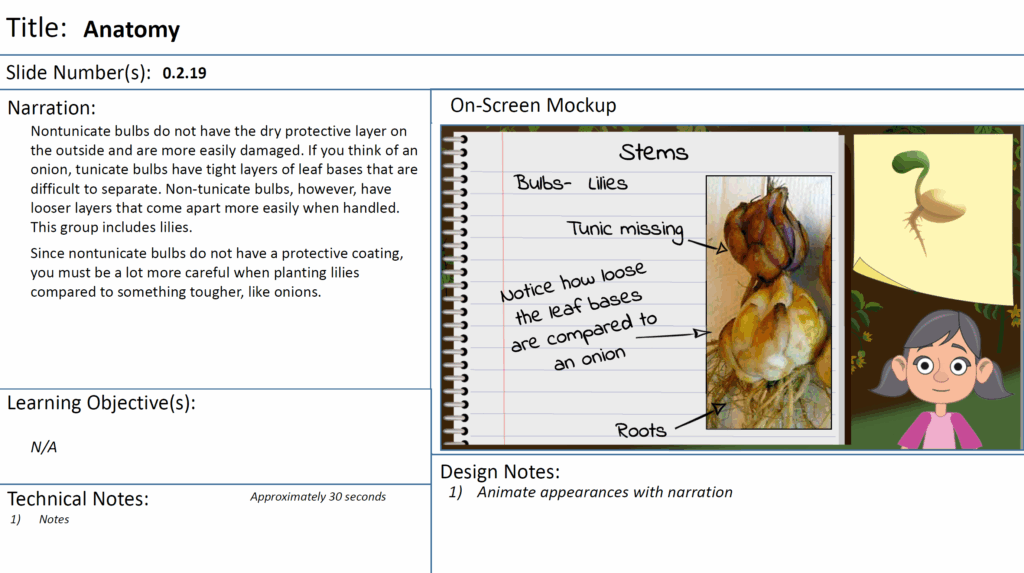
Due to the scope of the content and detail related to additional curricular content required, a detailed text and graphic-based storyboard mock up was developed for the client. This allowed everyone to clearly understand what concepts were to be covered, to what detail, how the presentation would be approached, and provided an overall look and feel for the project.
Prototype
The extensive storyboard for this project served as its protoyype. The final development closely aligned with the storyboard content, layout, and design.
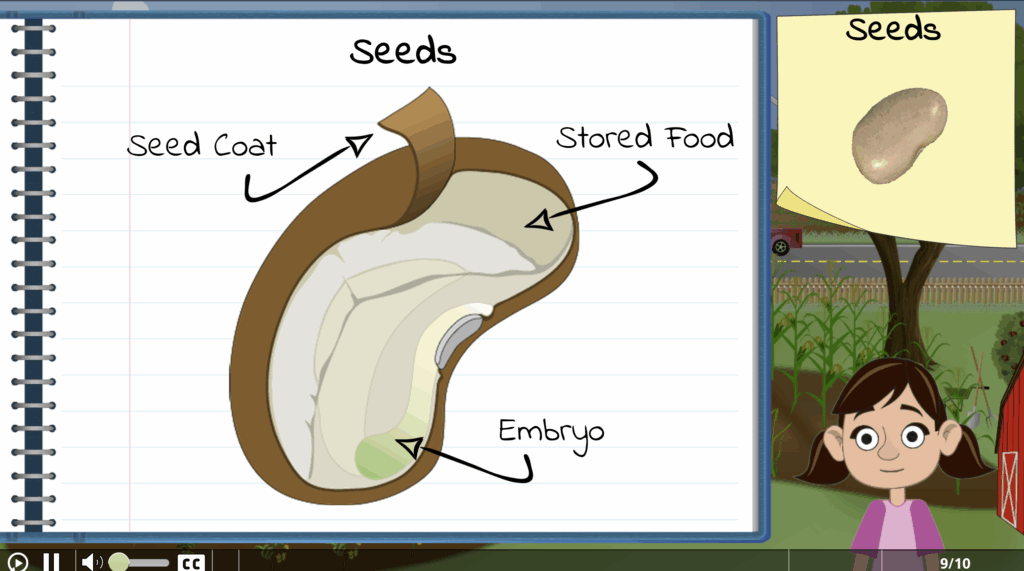
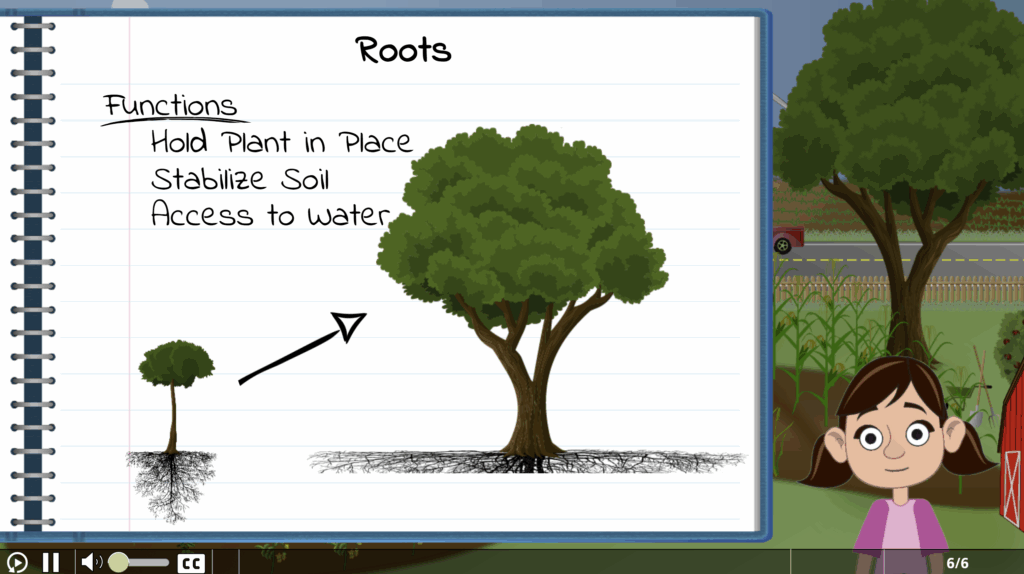
Final Product
Due to the overall size of this project, the final module was delivered as six standalone submodules, each addressing a single topic. As each topic was developed, it was sent to the clients for final review. The modular design facilitated all of the design and development processes.
In the end, the project included pre and post tests, formative assessments (i.e., knowledge checks),
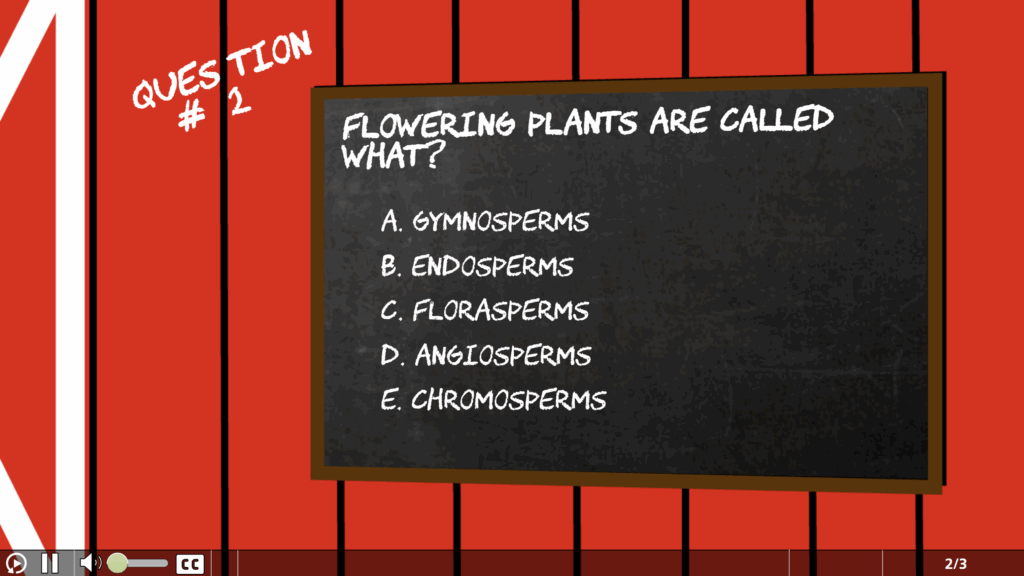
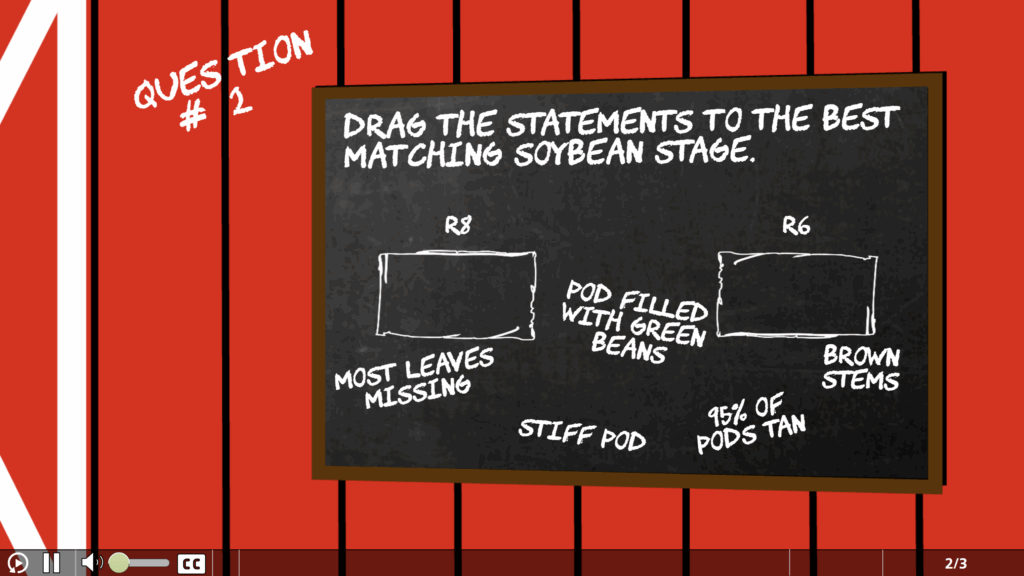
interactive gamification elements (e.g., a card drawing identification game), an animated narrator/guide,
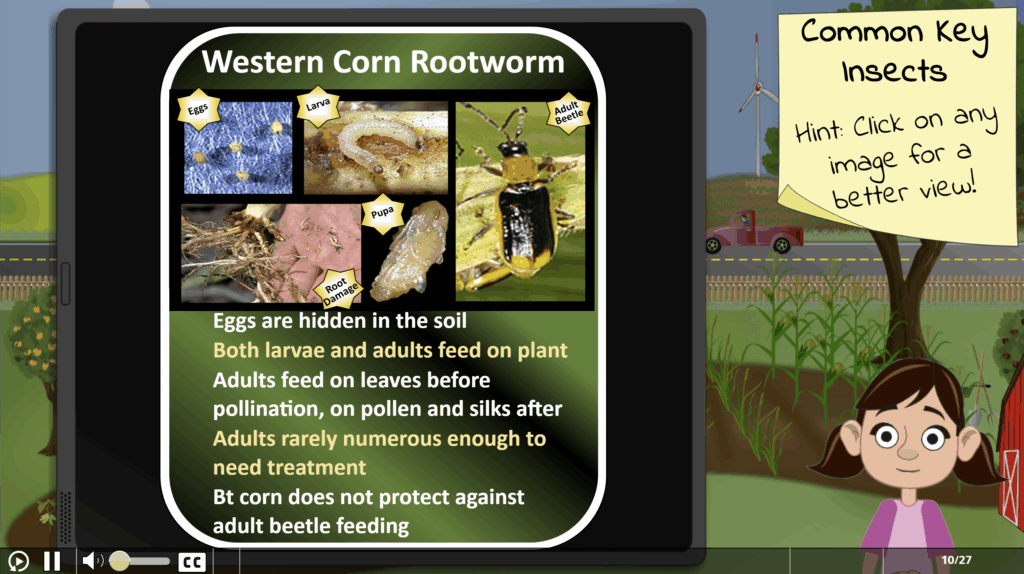
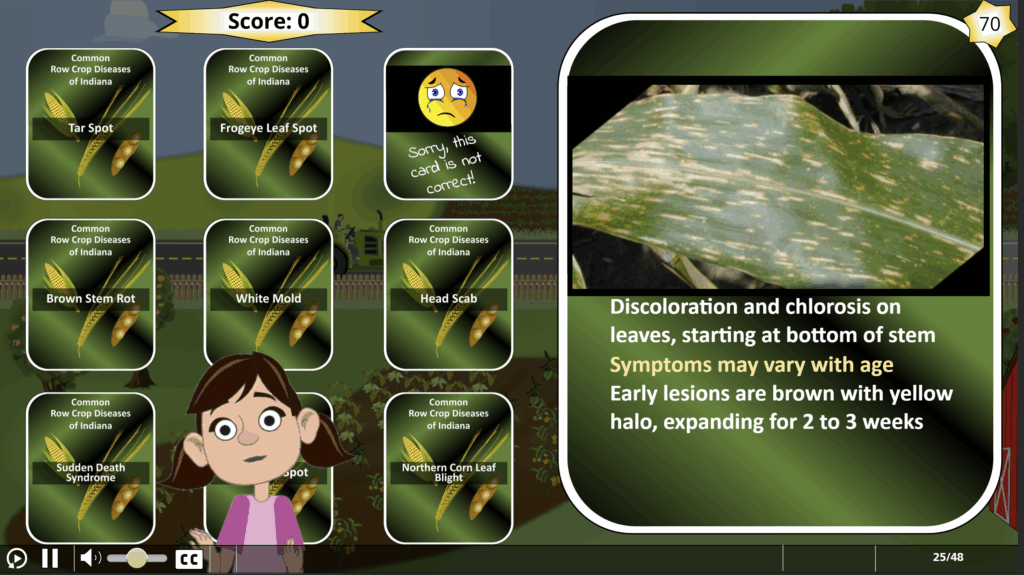
and interactive participation with smartphone apps while learning about their uses in digital agriculture.
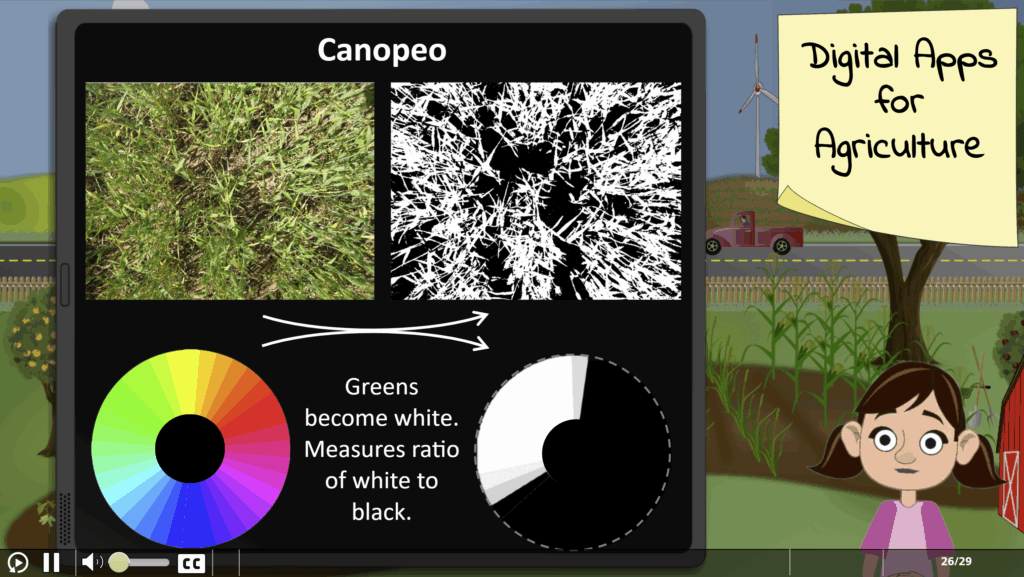
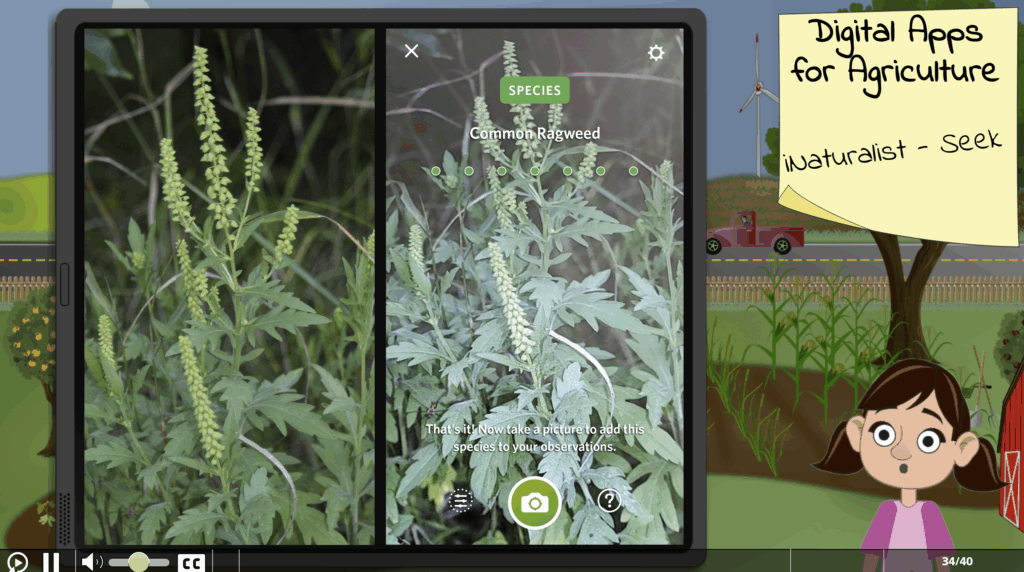
Client Testimonial
{Optional paragraph summarizing client feedback or comments on final product}
Results and Takeaways
This project was originally intended to be a self-driven 4-H learning experience, although educator later decided it would work better as part of an overall guided experience.
The value of this project is the early introduction of a broad knowledge base for agriculturally related topics to potential student in the science. Agriculture is often overlooked as a scientific discipline, and unless incoming students are aware of the field and its value, it may never become an option for otherwise well qualified and interested learners. Much focus is placed on the science of science, but little expands outward, to the application of science in practical yet equally important fields such as agriculture.
This project strives to push learners to expand their understanding of agriculture and cross the traditional boundaries science course place on scientific knowledge. As such, the topic material and presentation are probably at the upper limit of the targeted age group. The scope of this project makes it most suitable for motivated learners, and may be a bit too intense for others.